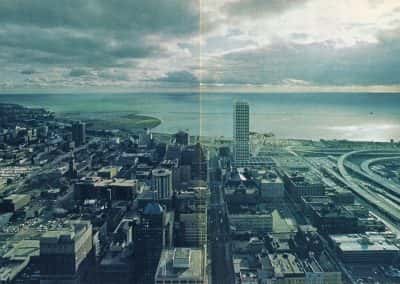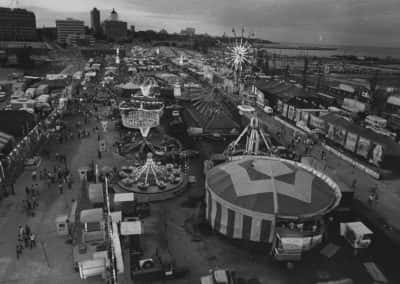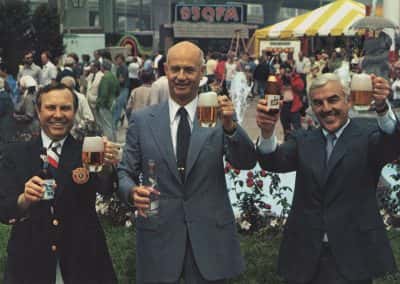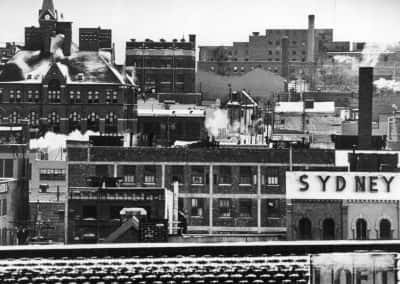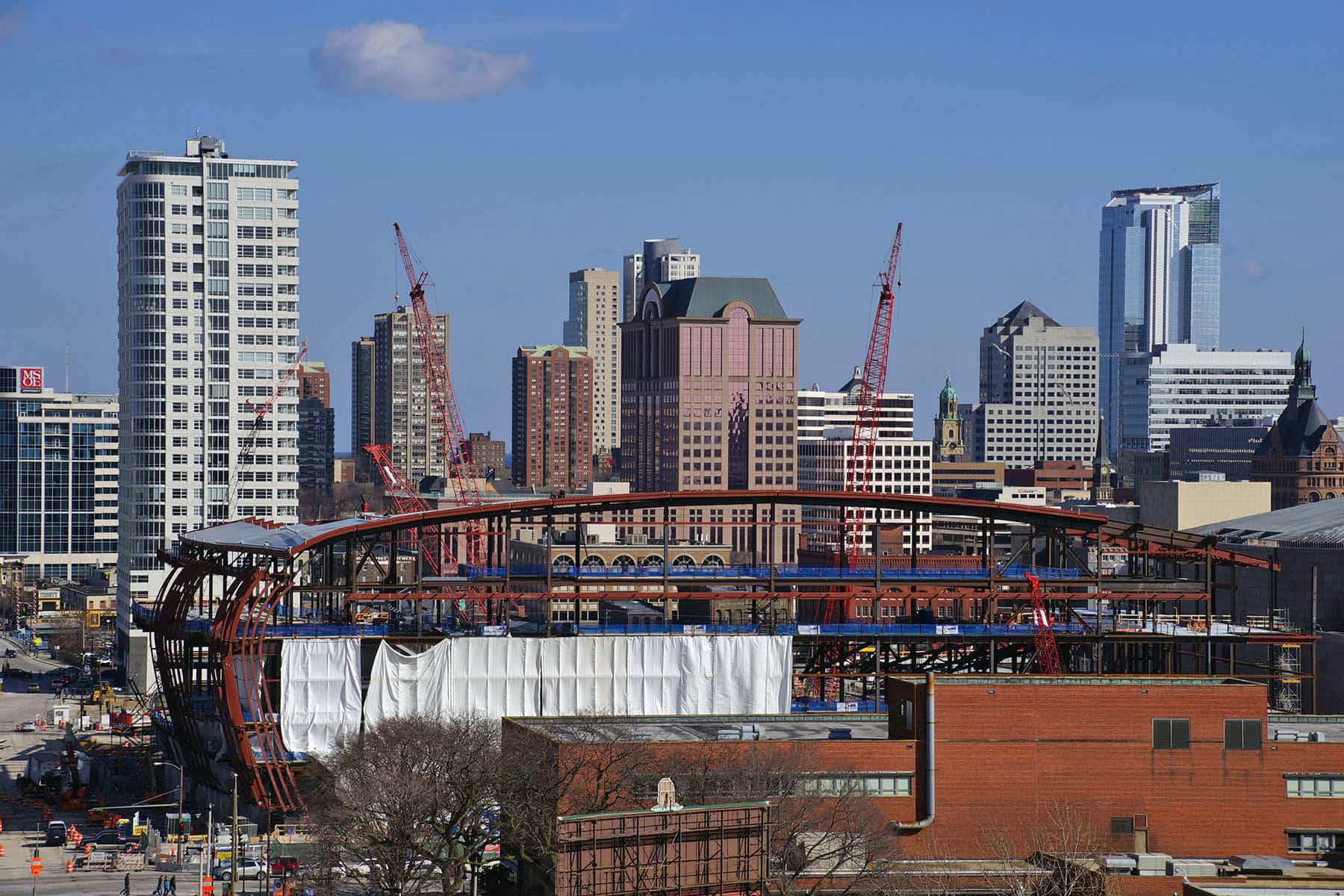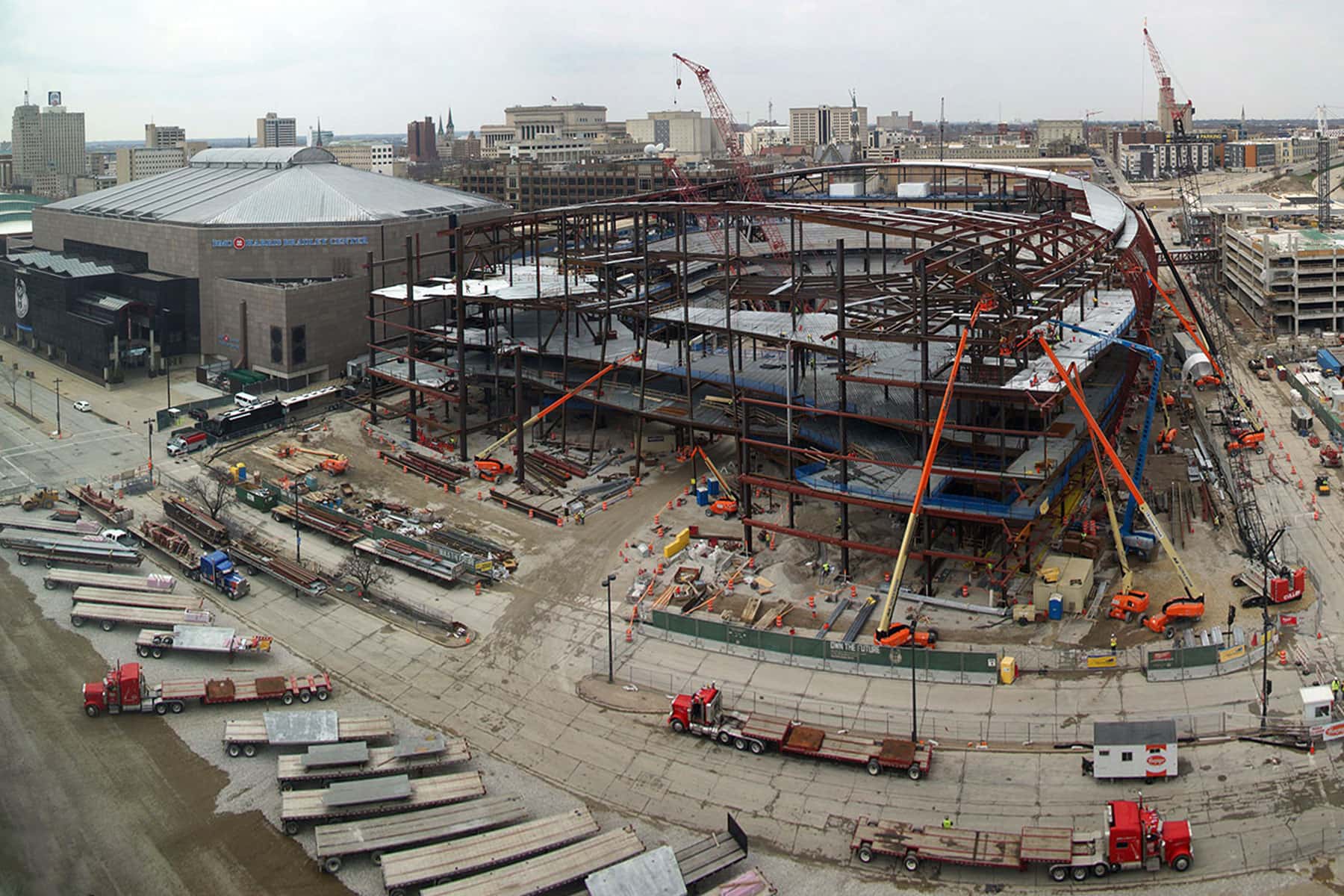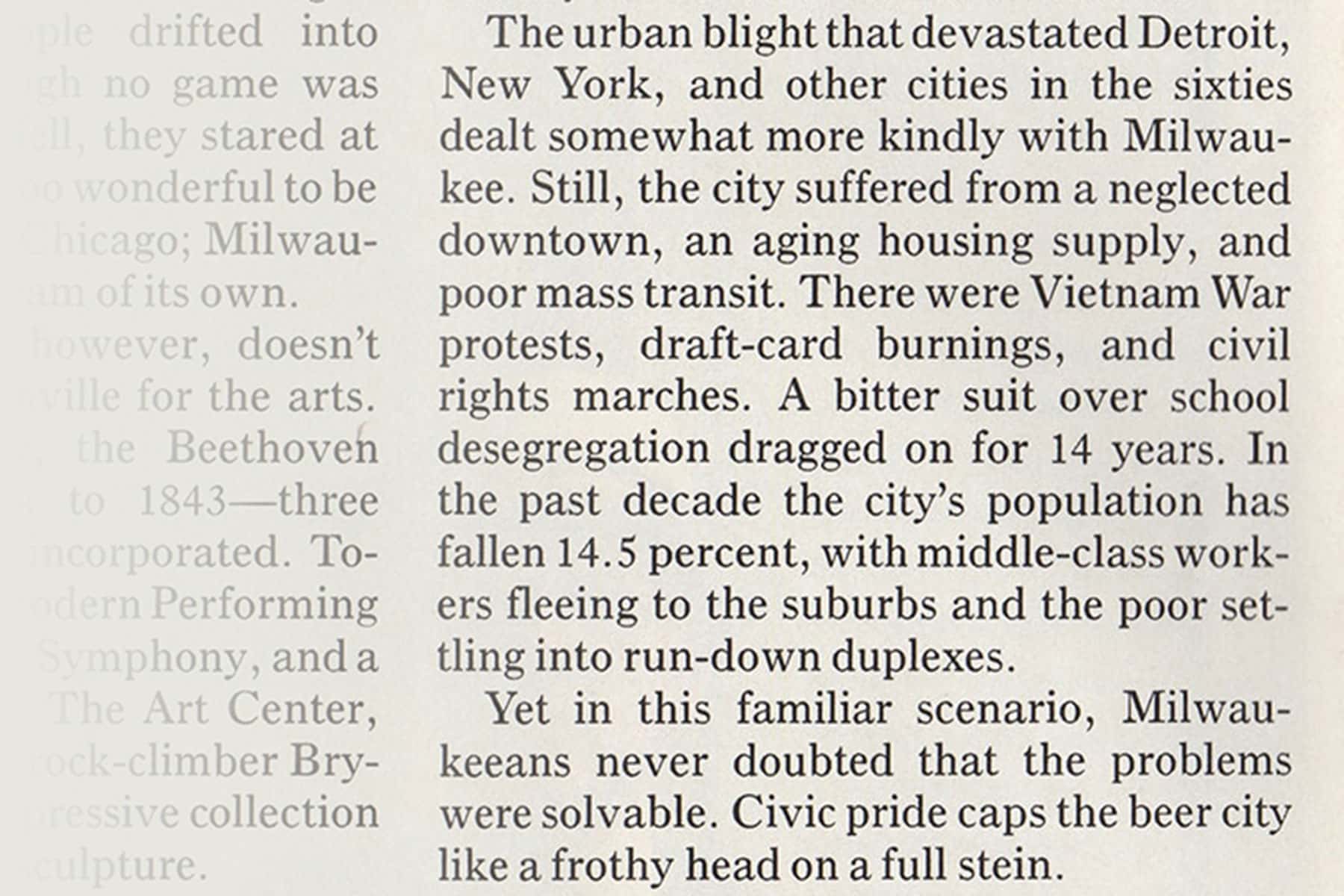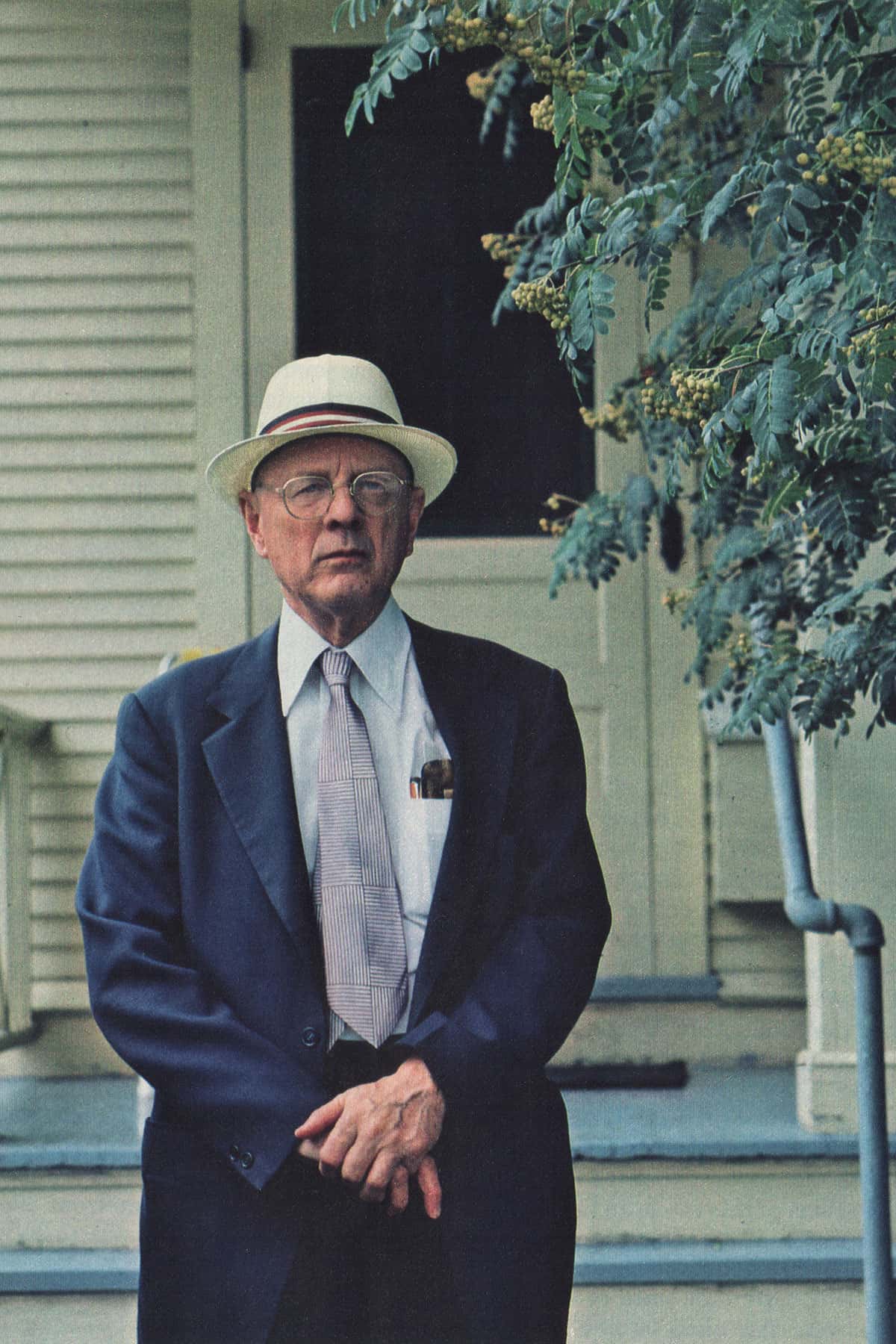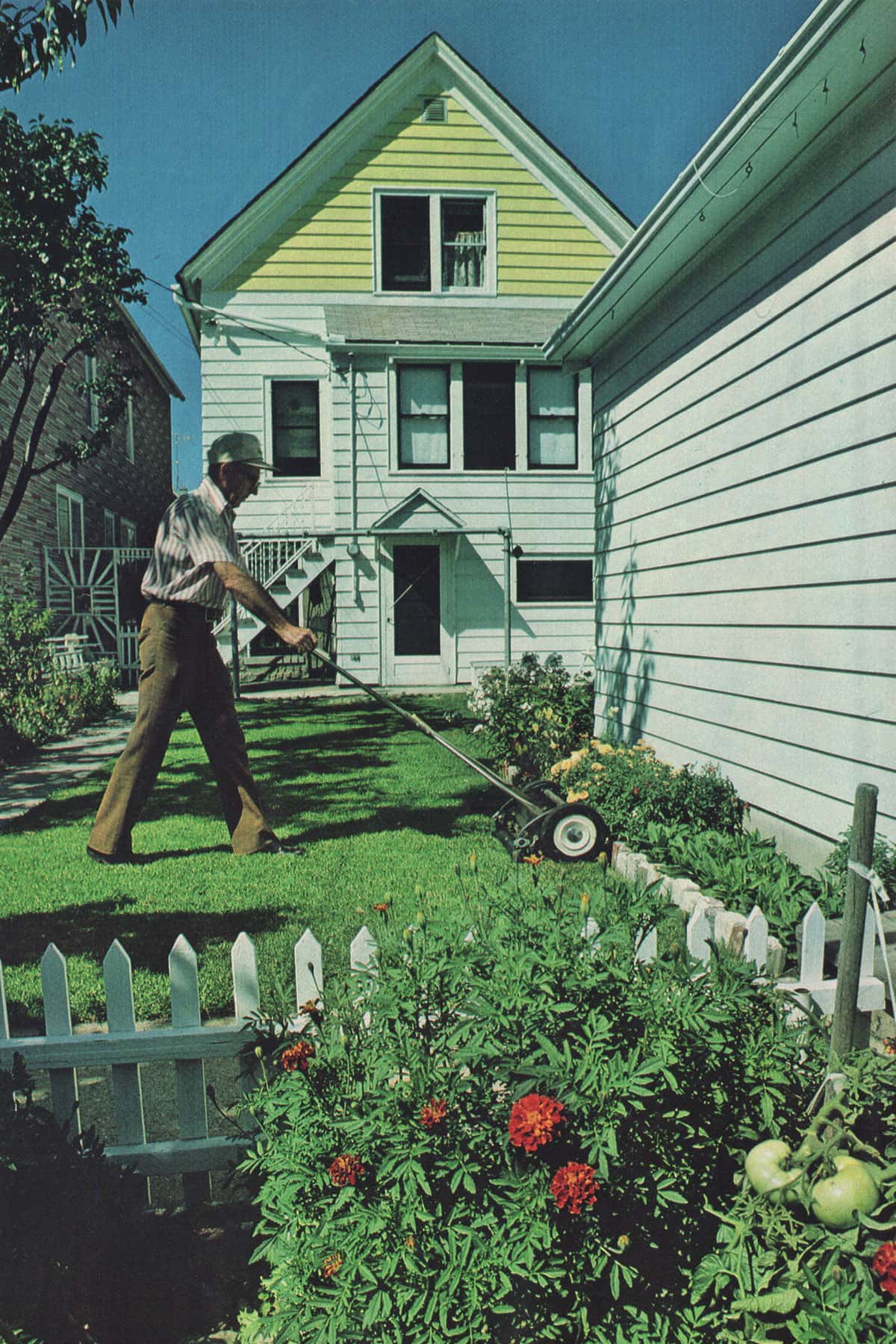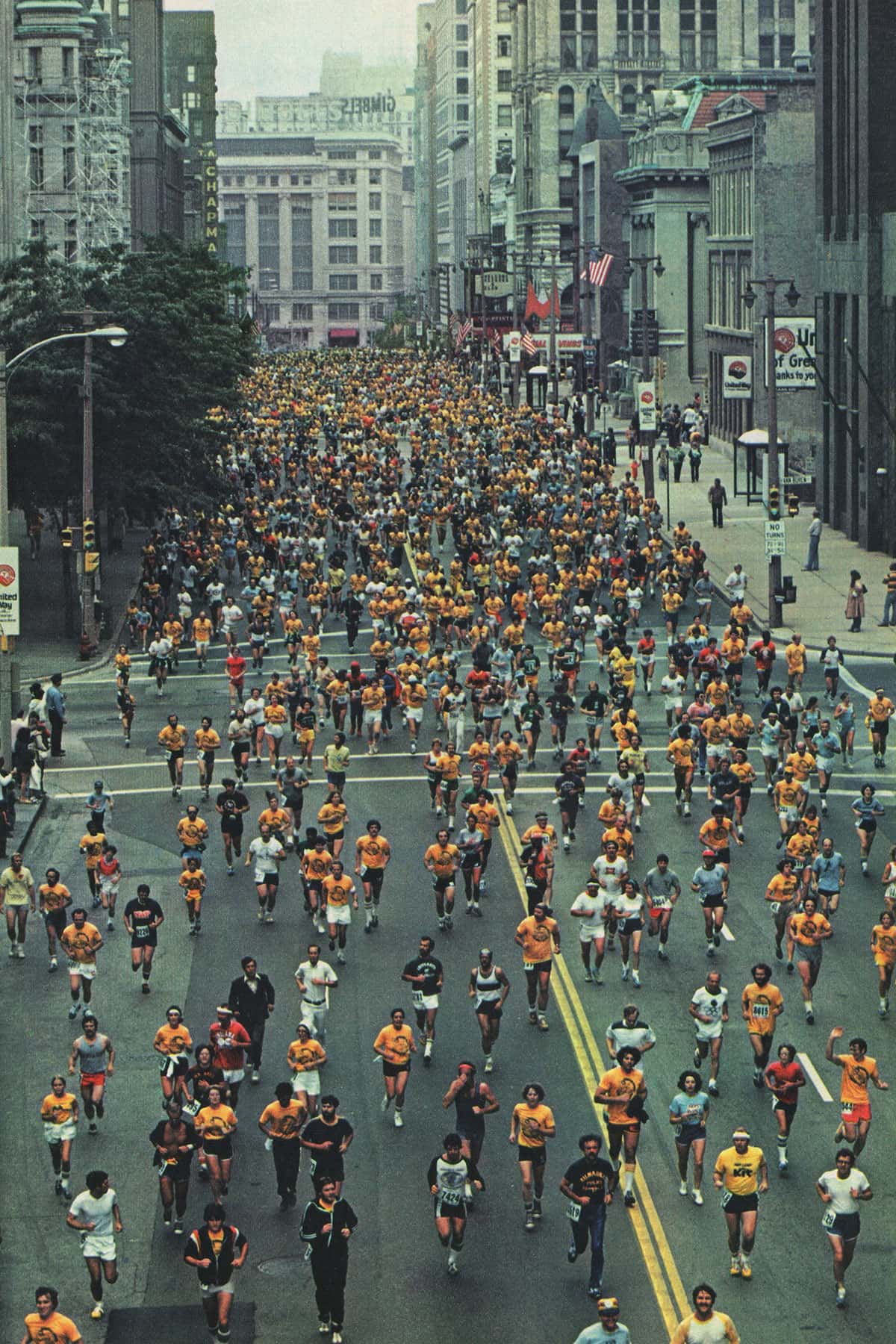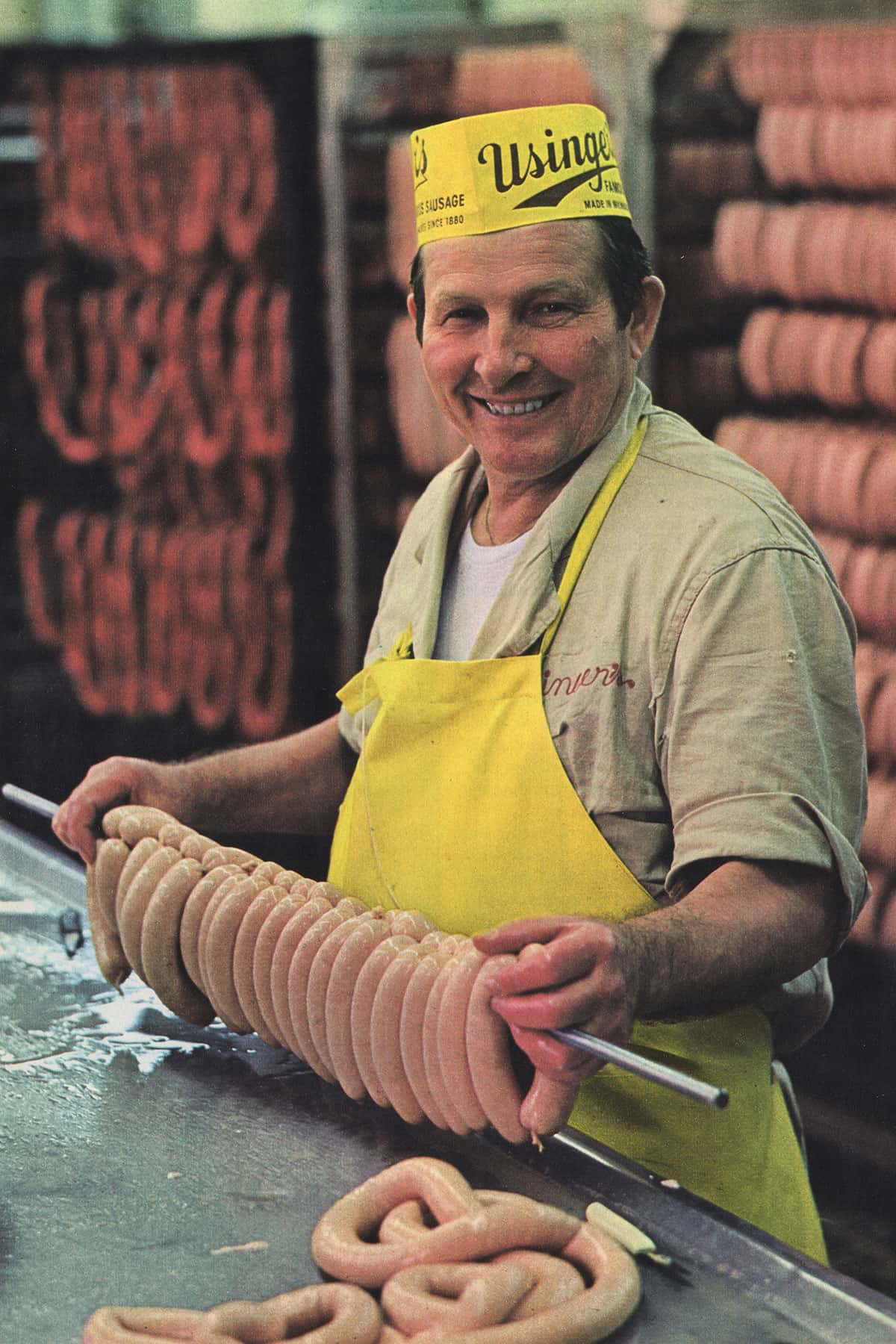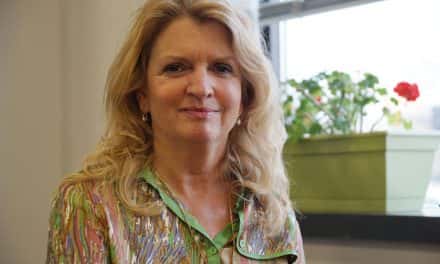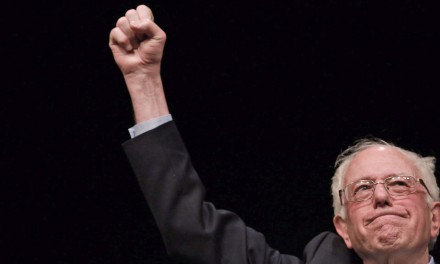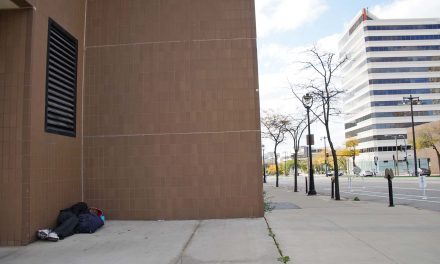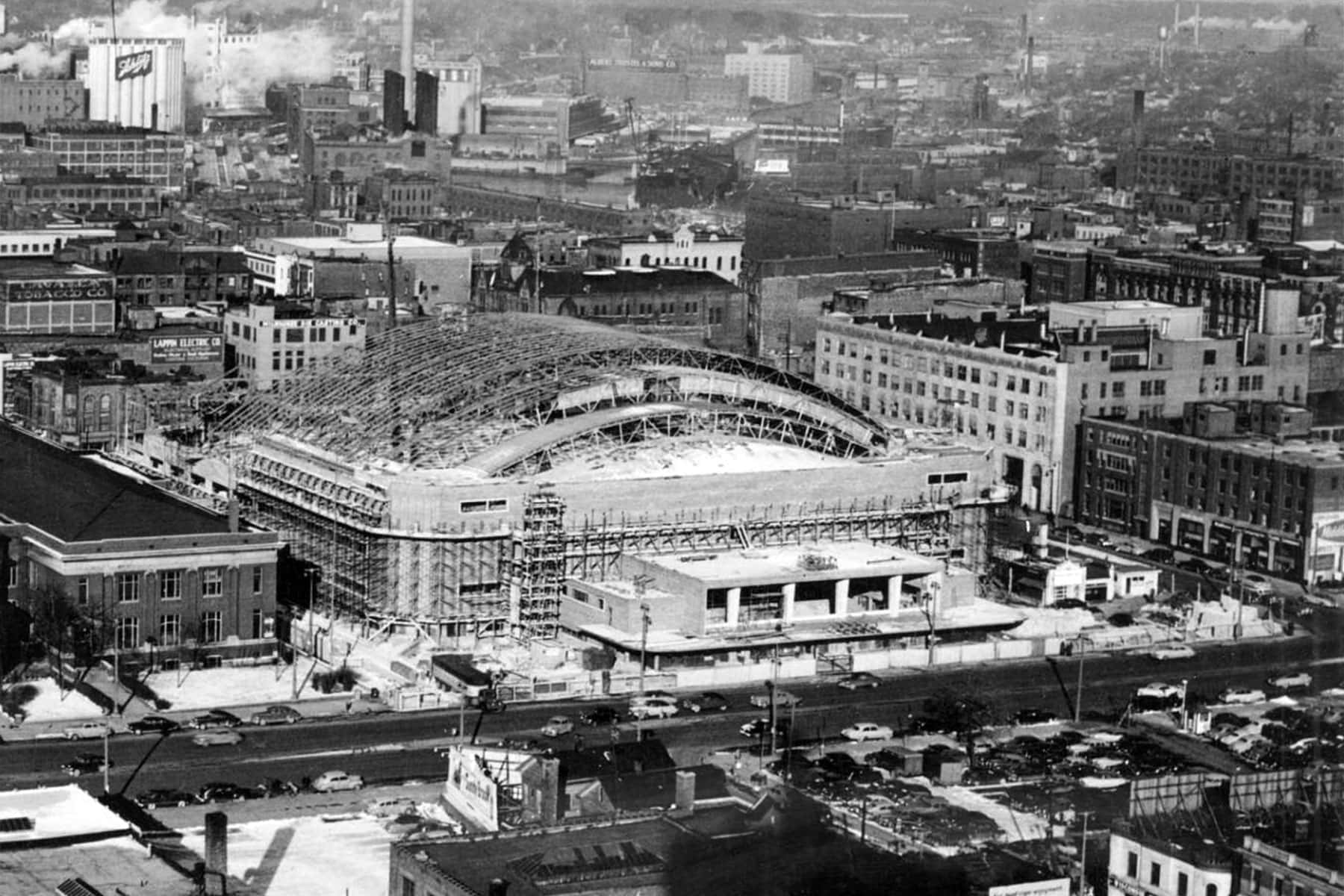
“It’s long overdue, as far as I’m concerned. We’ve needed a resurgence of activity in our city for a long time. We’re finally starting to see it with all this construction.” – Sam Belton, owner of City.Net Café [1]
The New York Times (NYT) recently detailed the building boom in Milwaukee for a featured article about the city. There is a lot to love and much to be proud of. The news story published photos of the new gleaming skyline, and offered the usual historical timeline with statistics. At the peak of its population, Milwaukee had 741,000 residents in 1960. As of 2016, that number was 595,047 or almost a quarter decline over 60 years.
During each of those six decades, headlines reflected the conversations held in local beer halls, coffee shops, at water coolers, and church picnics. All seemed to agree that Milwaukee had lost its way and had fallen into ruin, compared to its previous glory days.
“The urban blight that devastated Detroit, New York, and other cities in the sixties dealt somewhat more kindly with Milwaukee. Still, the city suffered from a neglected downtown, an aging housing supply, and poor mass transit. There were Vietnam War protests, draft-card burnings, and civil rights marches. A bitter suit over school desegregation dragged on for 14 years. In the past decade the city’s population has fallen 14.5 percent, with middle-class workers fleeing to the suburbs and the poor settling into run-down duplexes.” – Louise Levathes, 1980 [2]
But concurrent with the bleak assessments over each decade were signs of progress that always offered hope, and the promise that a brighter future was just around the corner.
The NYT article stated that Milwaukee is experiencing the most new projects since World War II. That claim may not be completely accurate, considering the post-war rush for modernization that leveled many parts of the community. However, there is no way to deny that the city is experiencing more urban change than it has seen by the current generation.
To the previous generation of the post-WWII era, construction of the highway system through Milwaukee was seen as modernization, as was demolishing century old landmarks for parking lots and a new gleaming skyline. The perception of economic improvement came with that dust of construction, but all the efforts did little to bring about social equality. In fact, the modern highway system further segregated the city. Not only by how the road network divided and often destroyed neighborhoods, but by who it kept in the city because they lacked economic access to leave it.
That generation of progress ultimately drained the resources of Milwaukee, as the white middle-class fled to suburban areas over the following decades. In 1980, the National Geographic magazine published its classic story about the city, which was then the biggest in Wisconsin with 613,000 inhabitants.
“After living in the city for many weeks, I realized that there are still three Milwaukees. Now boundaries are social and economic. The east side of the city is the home of professionals and academics from the near-by University of Wisconsin-Milwaukee; sections of the north and west have been left increasingly to the poor and to Milwaukee’s estimated 140,000 blacks; and the south side is predominantly white working class. Such separation breeds fear.” – Louise Levathes, 1980 [3]
No matter how positive or negative the news about Milwaukee has been over the years, one side always sees hope while the other fixates on despair. There are ongoing arguments over the cost of change, and perpetual efforts to sabotage progress without offering solutions to fixing institutional problems.
Milwaukee has had a history of building things since the early days of its incorporation. Yet for all the talk of economic tailspins and optimistic rejuvenation, the experiences and feelings of progress have been like a spinning merry-go-round. It is hard to see that the motion is not linear, but continues repeating the same cycles.
For all the progress over the past half century, of which there has been an impressive list to boast about and at the cost of much human effort, racial division remains as entrenched in the fabric of the society. Milwaukee continues to hold the dubious title as the most segregated city in America.
“There have been improvements for some blacks. But the potential is still there for Milwaukee to become another Detroit,” – James Groppi, 1980 [4]
Those words reported in the NatGeo interview, spoken by the iconic priest and Civil Rights leader, could have been said at any time over the years since. They still hold a fragile truth for today.
The city was founded by a generation of immigrants. Descendants of those immigrants, who moved out of Milwaukee in the 1960s and 1970s to border counties, now ironically shun the new generation of immigrants that replaced them. Milwaukee’s industry was built on innovation and entrepreneurial competition, which became stagnate due to many factors including the clash between urban and rural interests. Prohibition decimated the beer industry in Milwaukee for over a decade from 1920 to 1933. World War I and II caused social upheaval within the German community that comprised so much of the local population, including a fiercely fascist vein of the population.
“Milwaukee is both a city where Nazi-party candidate Arthur Jones received 4,790 votes in a 1976 mayoral primary, and where the late Israeli Prime Minister Golda Meir said her family, emigres from Russia, first experienced freedom.” – Louise Levathes, 1980 [5]
There are numerous examples of the rise and fall of Milwaukee, with the perception that nothing has changed while the cycle keeps pushing improvements forward as it spins full circle. The simple fact is, Milwaukee’s institutions are all made of people. Once upon a time, they were the neighborhood kids, and high school classmates, and co-workers, before they went into public office or climbed the corporate ladder. They shared the values and ideas of the population, which ever side of the political spectrum that was.
But until the people of Milwaukee take individual responsibility for the city and their stake in it, no leadership can be expected to solve complex problems. They cannot fix for the population what the people are unwilling to fix for themselves. It is easy to look up to the government instead of looking into their own abilities, and participation in shaping the world they live.
Milwaukee does not suffer from the lack of good ideas or community connections. It suffers from people not willing to do the work needed, and by those in positions that fail to help support those initiatives. It also lacks the personal courage of each citizen to be part of the solution, and make an effort towards reaching what could take a generation to accomplish. When residents across Milwaukee are willing to take a step to knock down the barriers of racial inequality, then the city leaders and institutions may be more effective in materializing that change.
Milwaukee has talked about all these issues in depth and at length before, as the headlines over the decades prove. Beyond the inspiring statements of economic growth and the gleaming buildings Milwaukee has to be proud of, there are some truths that it is time to accept.
They are the failings Milwaukee fails to admit, chiefly the issue of cultural segregation that has remained a part of the city for a century. And residents who live outside the city boundaries share equal responsibility. Often called Milwaukee-haters, the suburban population ignores the reality that their parents fled the city a generation ago, after their parents helped build everything that made it a generation before.
Just like the white supremacy of the South before the Civil War, where white people benefited from the culture of slavery even though they did not own slaves, adjacent cities and counties to Milwaukee benefit from the city they are fortunate to not live in. They continue to profit from Milwaukee, not just financially but in social privilege and opportunity.
“Milwaukee’s downtown construction looks to be a pivotal point for a city that has struggled with a decline in industrial activity and a rise in income inequality for decades.” – Keith Schneider [6]
As Milwaukee continues to focus on the things of the city and not each other, the current round of progress could end up like all that proceeded. When the Bradley Center was built, it was touted for many of the economic and social gains it would bring. To what degree any of those promises were realized is open for debate, except that after only 29 years the city finds it needs a new Bucks Arena. That facility comes with the same thrill and expectations that made headlines in 1988.
Studies continue to show that Milwaukee has remained basically unchanged in 50 years of effort to fix race relationships. For all the rejuvenation initiatives and nonprofit investments, it is hurtful to admit a half century of failure.
The drive towards progress continues. Only time will show if it was yet another rotation of the merry-go-round ride to nowhere, or actually a blazing trail into a bold new future that at long last brings Milwaukee out of the dark grip of fear and into a brighter age of enlightenment.righter age of enlightenment.
Keith Schneider, New York Times – October 10, 2017 [2] [3] [4] [5] “Milwaukee: More Than Beer”
Louise Levathes, National Geographic Magazine – August 1980 Issue
Michael Mauney, Milwaukee Public Library, and Lee Matz

